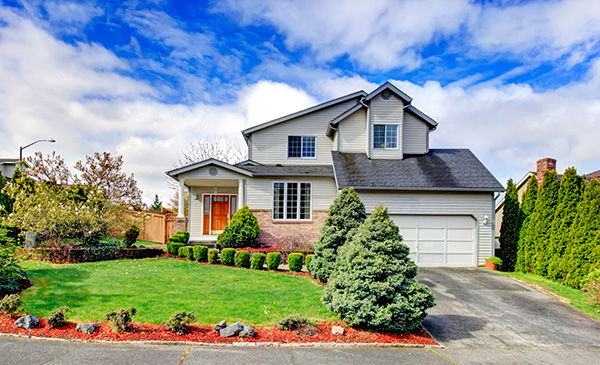NAHB: Builder Confidence Outstrips Pre-Bubble Highs
 Home builders surveyed by the National Association of Home Builders expressed their highest level of confidence in housing markets since 1999. The index reading for housing market conditions in December hit 74, which exceeded November’s reading of 70. Analysts expected a flat reading of 70 for December. Readings over 50 indicate improvement in housing market conditions.
Home builders surveyed by the National Association of Home Builders expressed their highest level of confidence in housing markets since 1999. The index reading for housing market conditions in December hit 74, which exceeded November’s reading of 70. Analysts expected a flat reading of 70 for December. Readings over 50 indicate improvement in housing market conditions.
The three component readings used to comprise the Housing Market Index also rose in December. Builder confidence in current market conditions rose four points for a reading of 81; builder confidence in housing market conditions over the next six months rose three points to 79. Most surprising was the jump in builder confidence in buyer traffic levels in new housing developments. Traditionally, this reading rarely exceeded 50, but in November, it achieved the benchmark reading. December’s reading for buyer traffic gained eight points to 58. December’s reading for builder confidence in buyer traffic reached its highest level since 1999.
Home Builder Confidence Reflects Strong Economic Conditions
Strength in jobs markets and overall economic conditions drove builder confidence; home builders also cited potential tax breaks associated with pending tax legislation. Tariffs on Canadian lumber were cited as an obstacle to builder profits and increased prices.
High demand for homes caused by slim supplies of homes for sale continues to boost home prices. Real estate pros have said that increasing construction of single-family homes is the only way to correct the current imbalance between rapidly increasing home prices and challenges for first-time and moderate-income home buyers who cannot compete with cash buyers or afford rapidly rising home prices.
Builder Confidence Expands in All Regions
Builder confidence also rose according to the three-month rolling average for builder confidence in the four regions tracked by NAHB. The Northeastern region reported a one-point increase for a regional reading of 54. Home builder confidence gained six points in the Midwestern region for a reading of 69. Home builders in the South reported a confidence reading of 72, which was three points higher than in November. Builders in the Western region reported a two-point gain in confidence with a reading of 79 in December.


 Last week’s economic reports included NAHB Housing Market Indexes along with readings on housing starts, building permits and existing home sales. Weekly readings on mortgage rates and new jobless claims were also released.
Last week’s economic reports included NAHB Housing Market Indexes along with readings on housing starts, building permits and existing home sales. Weekly readings on mortgage rates and new jobless claims were also released.